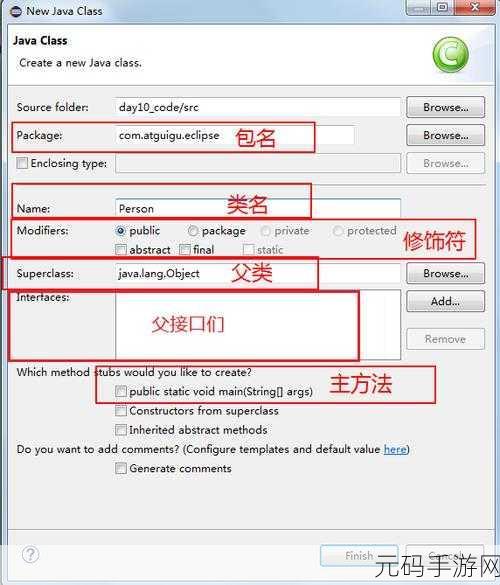Java ByteArrayInputStream 的基本概念
ByteArrayInputStream 是 Java I/O 包中的一个重要类,主要用于处理字节数组。它的功能是将字节数组包装成输入流,从而可以利用标准的输入流操作进行数据读取。这种方式特别适合那些需要从内存中快速读写数据的场景,比如网络编程、文件处理以及多媒体应用等。
使用 ByteArrayInputStream 读取数据
创建 ByteArrayInputStream 实例非常简单,只需传入一个字节数组即可。例如:

byte[] data = "Hello, World!".getBytes();
ByteArrayInputStream byteArrayInputStream = new ByteArrayInputStream(data);
通过这种方法,可以轻松地将字符串转换为字节流并执行后续的数据处理。在实际开发中,这一过程被广泛应用于文本和二进制文件之间的转换,以及在内存中临时保存和操作数据。
常用方法解析
ByteArrayInputStream 提供了多种便捷的方法来实现高效的数据访问。一些最常用的方法包括:

- read(): 该方法一次读取单个字节,并返回相应的整数值。如果到达末尾,则返回 -1。
- read(byte[] b): This method reads a specified number of bytes from the input stream into an array.
- (int)available(): This returns the estimated number of bytes that can be read without blocking. This is useful for determining how much data is remaining in the buffer.
- (void)reset(): The reset() method resets the current position to zero, allowing repeated reading operations from the beginning.
Error Handling & Resource Management
Error handling在使用任何I/O相关代码时都是至关重要的一部分。尽管 ByteArrayInputStream 本身不会抛出异常,但对于调用者来说,需要确保正确关闭资源以释放系统资源。通常情况下不必担心,因为 JVM 会自动管理未显式关闭的输入流。然而,在较大的项目或复杂环境下,仍然建议使用 try-with-resources 语句,以保证各种状态下都能安全退出。例如:
// 使用try-with-resources语法
try (ByteArrayInputStream byteIn = new ByteArrayInputStream(data)) {
// 执行读取操作
} catch (IOException e) {
// 错误处理逻辑
}
I/O 性能优化策略
I/O 操作性能往往对程序整体效率有着直接影响,因此选择合适的方法与技术非常关键。当涉及到大量小规模读写操作时,考虑缓存机制会大幅提升整体性能。此外,将分块读取结合缓冲区可能也是一种有效策略。同时,与其他字符集(如 UTF-8)转化工具配合,也能够提高可维护性和扩展性。
示例:如何利用 BufferedReader 与 ByteArrray Input Stream 协同工作?
< code >
import java.io.*;
public class Example {
public static void main(String[] args) throws IOException {
String text= "This is sample content";
byte[ ] buffer=text.getBytes();
try(ByteArayInptStrem baip=new BytteArayInputStrm(buffer);
BuffredReadr br=ne BufferedReadr(new InputStrea(baip))) {
Stng line;
whie((line=br.rdLin())!=null){
Sytem.out.println(line);
}
}catch(IOException e){
System.err.prtln("An error has occurred");
}
}
}
User scenarios where efficiency matters : Data Processing or Streaming Data Analysis with Java's IO classes are common challenges faced by developers. Efficiently managing memory and resources while dealing with large datasets contributes significantly to application performance.
Keep exploring essential topics such as Reader vs Inputstream choices in different situations , Best practices around resource management during I/o operations.



